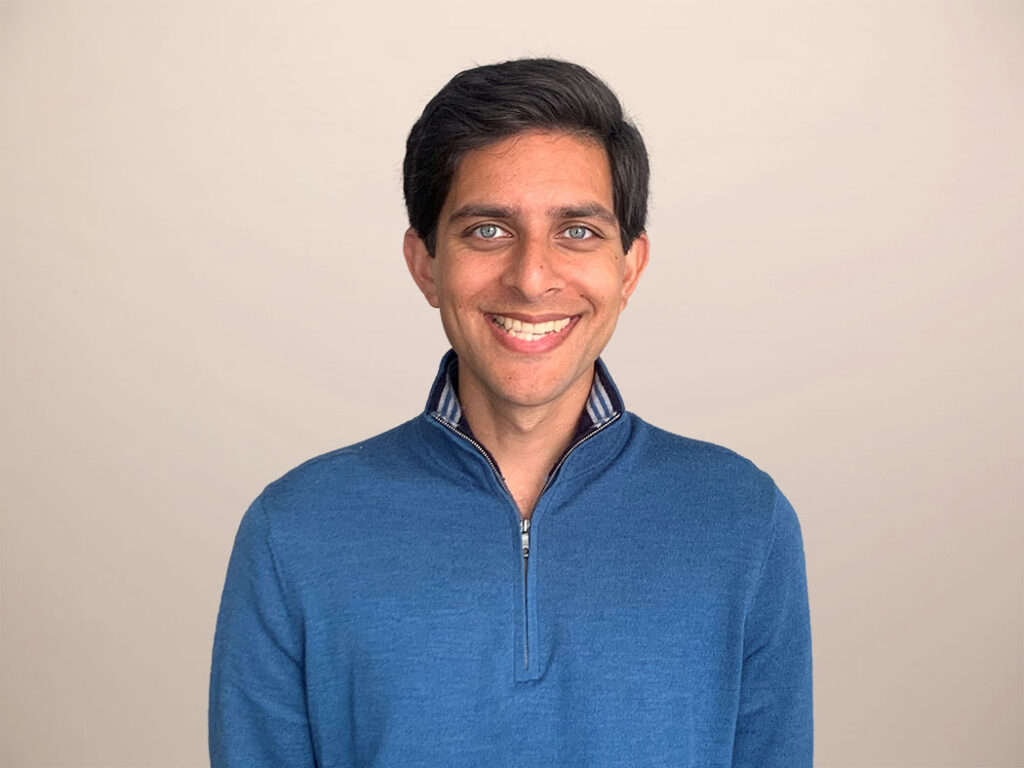Full-Funnel Advertising Makes Poppi Famous
America’s soda market is very difficult to disrupt. The market is massive — nine of 10 US households buy soda — and dominated by a few iconic incumbents. Nonetheless, challenger brands have tried to take share. Orbitz, whose soda looked like a potable lava lamp, lasted less than a year. Jolt Cola packed a punch of sugar and caffeine but lost favor after a decade of cult following. Aspen Soda popularized apple-flavored soda but fizzled after a few years. Nearly every challenger to Coke, Pepsi, Dr Pepper, and Sprite failed to scale beyond a niche of loyalists, until now.
Poppi launched prebiotic soda on “Shark Tank” in 2018. The brand’s TV appearance garnered funding from CAVU Consumer Partners. Poppi then went viral on social media and began cultivating its community of creators. Now, Poppi revolutionizes soda for the next generation.
Poppi reaches and engages its entire audience throughout the funnel. Massive reach and engagement require big budgets, which are increasingly hard to come by as CFOs scrutinize return on advertising spend. They also require sophisticated frameworks to measure media’s short- and long-term effects. Filling the funnel with new households, particularly in a market as crowded as soda, tests stakeholders’ patience and appreciation for awareness media’s subtle halo effects on consideration and sales.
Poppi overcomes these challenges by applying performance marketing, which demands rigor, adaptability, and risk tolerance. Performance marketing needn’t be synonymous with direct response campaigns or lower-funnel outcomes. Poppi works with its agency, Tinuiti, to run performance marketing for tentpole events, micro-influencer campaigns, and everything in between. This manifests in:
- Making the brand familiar and famous. Poppi personalizes and publicizes its brand across channels. For example, Poppi gifts soda to nano-influencers and advertises in the Super Bowl. Casually noticing Poppi in a friend’s fridge and appreciating the brand’s seemingly expensive TV creative confers credibility and helps Poppi punch above its weight. Poppi went from its first linear TV campaign to advertising in the Super Bowl in just eight weeks.
- Following its audience’s lead. Poppi’s mass media doesn’t come at the expense of rigorous personalization because its advertising is informed by deep customer understanding. Poppi complements ads in “Thursday Night Football” with ads on Bravo, given the correlation between reality TV viewers and Poppi drinkers. Poppi also bets bigger on women’s college and professional basketball than men’s basketball because it has found a stronger correlation between women’s basketball and site traffic.
Our latest report — Case Study: Poppi Is Famous And Full-Funnel — explains why and how Poppi does full-funnel advertising. It explains Poppi’s media planning and advertising technology, describes the brand’s measurement methodologies, and details Poppi’s results.
Stay tuned for more research on full-funnel advertising in collaboration with Jay Pattisall and Brad Haag. As always, feel free to reach out to learn more.
